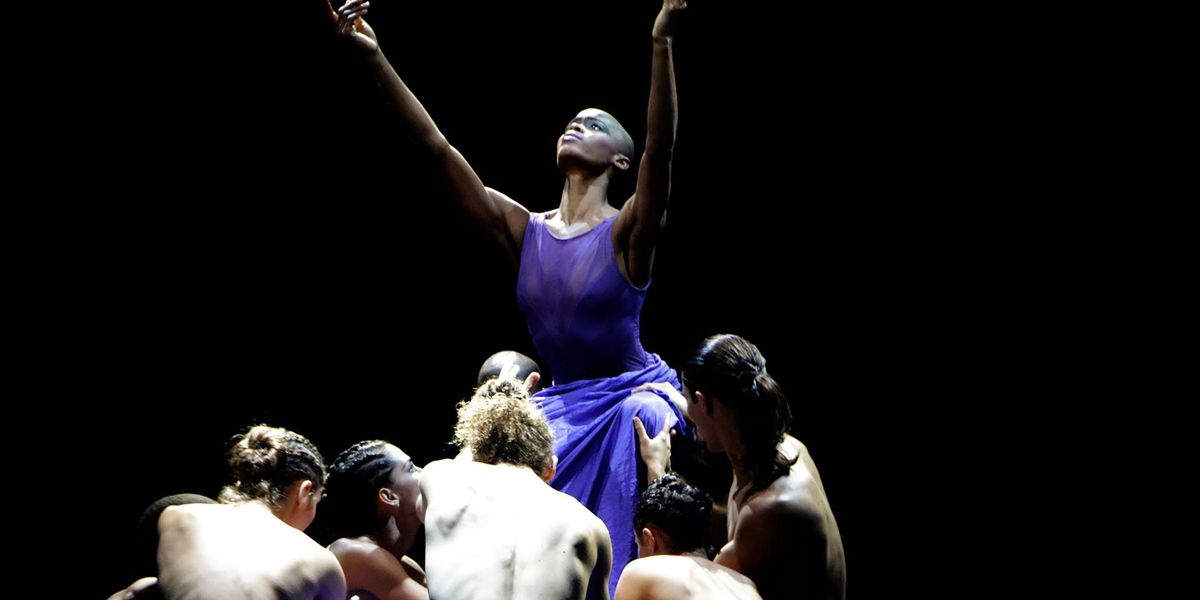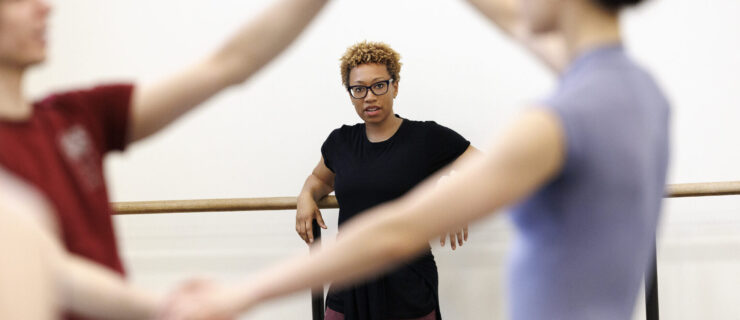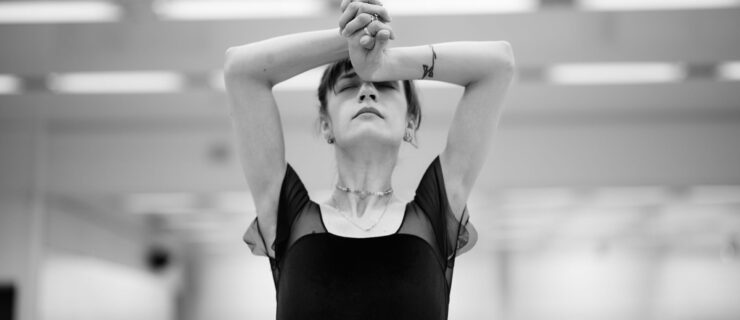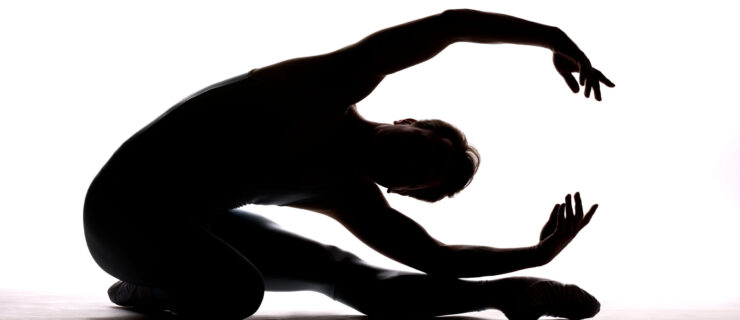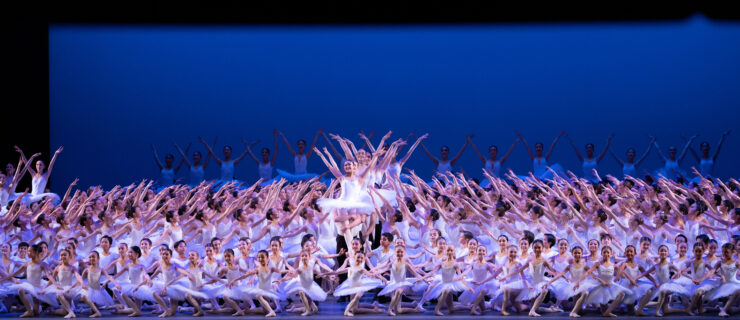Inside Acosta/Danza, Where Risk Meets Reward
The 2018 Spansih film Yuli recounts the ascendancy of Cuban ballet star Carlos Acosta from the impoverished streets of Los Pinos to The Royal Ballet’s most decorated guest dancer. Now, as a choreographer, his ambitions turn toward directing Havana’s Acosta/Danza, a pocket-sized company he founded bearing the Cubanía stamp. “We encapsulate the best of Cuban dance,” Acosta tells me over email. “That’s why I’ve chosen dancers with different backgrounds and preparations: ballet, contemporary, folkloric and theatrical dance, unusual for any company here and internationally.”
‘Yuli’ – first trailer for Icíar Bollaín’s San Sebastian Competition title
www.youtube.com
I recently visited the company’s bold-faced studios on Calle Linea in Havana’s Vedado neighborhood, where a Vaganova and Cuban-style ballet class was being given by guest teacher Lorna Feijóo. Feijóo, a former Boston Ballet principal who now directs Feijóo Ballet School in Dickinson, Texas, graduated from the Cuba’s national academy, as did Acosta. After class the company dancers showed me two repertoire works: Faun by Sidi Larbi Cherkaoui, danced by Zeleidy Crespo and Carlos Luis Blanco, and the ensemble piece Satori, by company member Raúl Reinoso. While contemporary in style, both choreographers open space for dancers to work from a variety of backgrounds in a complementary way, rather than from a strictly homogeneous template.
“I saw Carlos dance from the time I was very young,” Reinoso tells me afterwards. He began choreographing as a student, and later danced with several contemporary companies. “His determination gave me courage to give up the career I had to join Acosta/Danza, this groundbreaking experiment.” Reinoso notes that it’s tempting to think that Acosta’s star power explains the company’s success. “But it’s not the sole factor attracting audiences,” he says. “We’re a crucible for new choreography, like the pieces you just saw. And venues outside Cuba are eager to have us back.”
The company’s positive reception pleases Acosta. “In only three years we have managed to achieve worldwide recognition, and bring previously unseen and respected choreographers to Cuban audiences, such as Christopher Bruce and Sidi Larbi Cherkaoui,” Acosta says. Others include Justin Peck, Ben Stevenson, María Rovira and Goyo Montero. “But there is still a lot of work to be done.”
The Frost Interview – Carlos Acosta: From pauper to prince
www.youtube.com
Part of that work includes building up the company’s educational wing, the Acosta/Danza Academy, currently housed in the company’s headquarters. But eventually he hopes to oversee the revival of Cubanacán, the multi-disciplinary arts school that once housed the Cuban National Ballet School. The series of domed, interconnected buildings, each dedicated to a visual or performing arts discipline, was built in the early 60s on a former country club site. Later, the ballet school was moved to downtown Havana. Owing to scarcities in building materials and ongoing disagreements among the three architects responsible for the original design, the campus has remained abandoned for three decades or more.
“The best tribute to that institution would be to create a great art education project there, the purpose for which those buildings were constructed,” says Acosta. “If we succeed, and prevent their loss, art will have won a great battle. I haven’t given up on saving it, but in the meantime, we are successfully operating from our current base here in El Vedado.”
Verónica Corveas, a former Cuban National Ballet principal dancer, is charged with running the school. “As Carlos has grown and matured, his company concept broadened to include not only indigenous styles, but those in vogue outside of Cuba, based on what he saw and believed he could add,” she says. “My job is to build a school capturing those possibilities in its training, which rests on our national school foundations. Our students can count on having the tools they need.”
As the school grows, Acosta relies on open auditions, by no means the norm in Cuba, to find company dancers. “We look for professional dancers, graduates of Cuban arts schools,” he says. “From those we select the best, but dancers come and go, so we replenish frequently until a time when we can draw from our own newly-established academy.”
Next year, says Acosta, the company is touring to the United Kingdom, Luxembourg and Dubai, and he plans to continue building the company’s repertoire, most of which has been contemporary. “Interestingly, we are in a position to move into classical, which I like,” says Laura Rodríguez, a young company member who formerly danced with Ballet Camagüey. “We began small, and moved into medium-sized works. We will complete the circle with longer classical works. We create the kind of physical conditioning through our work and training that will enable us to be able to bring every genre to the stage, from classical pointe to folkloric, to contemporary, to modern, regardless of what we walked in with. How many companies of our size here in Cuba—or really anywhere—can take those risks three years out?”
Company member Zeleidy Crespo, who, like Acosta, is Afro-Cuban and from the same hardscrabble background, taps deep into the sap of growing up in Pinar del Río, where free ballet training was a game changer for her. Crespo connected deeply to Yuli, Acosta’s new documentary: “Yuli shows who Carlos is. I find myself in it, with so many on the margins whose hopes are intimately tied to ours. It moved me to tears, because that would be unthinkable without what Cuba—and Carlos—provided, a tremendous quotient of confidence. It’s in his choreography.”
In Acosta, she continues, “I see great futuristic vision. Uncertainty about future prospects can create a vicious fear cycle, but in this company, such fears have no basis.”
